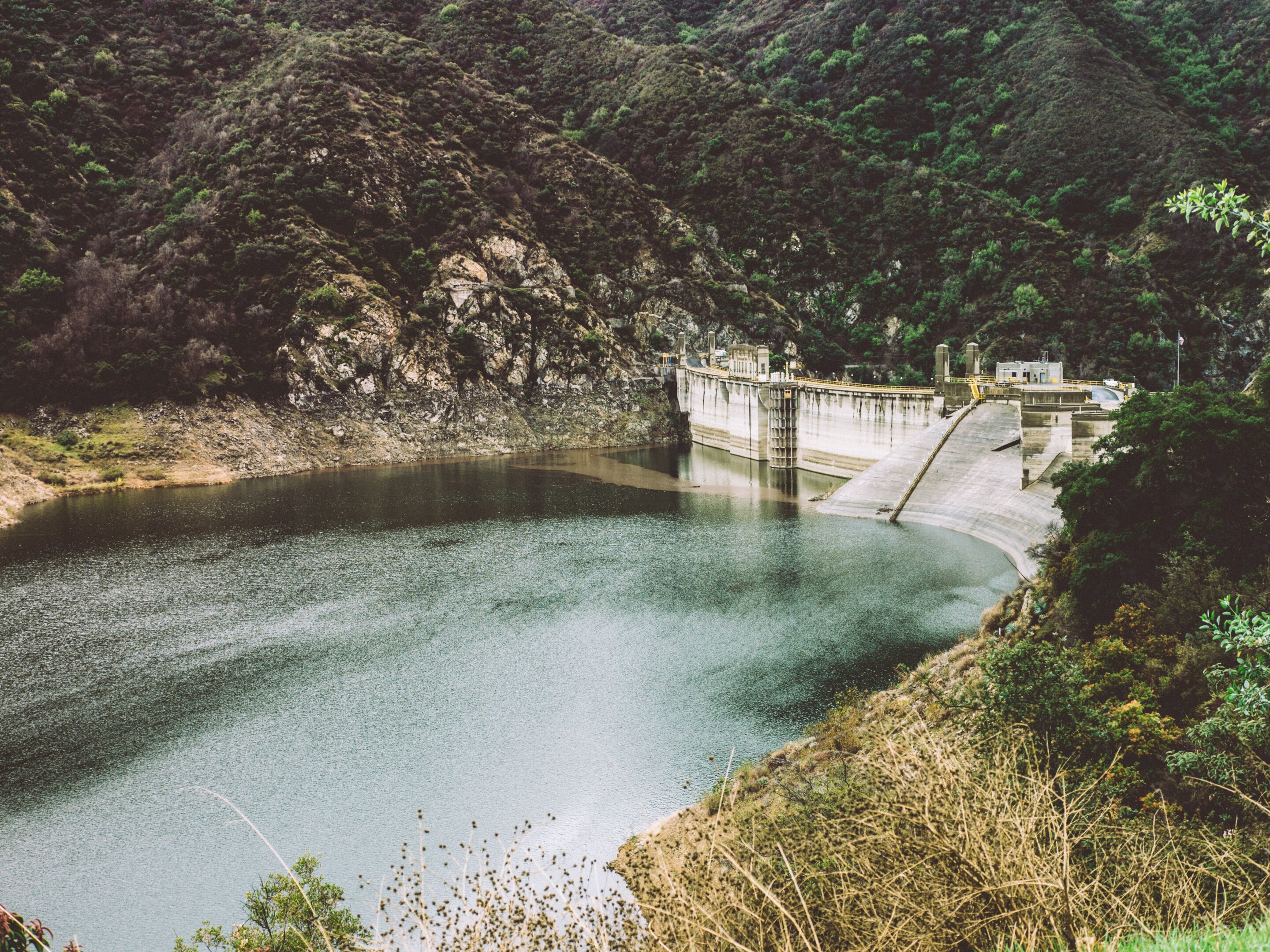#Coal-tar-sealant major source of PAH contamination in Great Lakes tributaries
“#Coal-tar-sealant major source of PAH contamination in Great Lakes tributaries”

Runoff from pavement with coal-tar-based sealant is the most likely primary source of polycyclic aromatic hydrocarbons, or PAHs, found in the majority of streambed sediments of Great Lakes tributaries, according to a study published in Environmental Toxicology and Chemistry. PAHs are a group of chemicals found in crude oil and coal and occur as a byproduct of burning. PAHs can have harmful effects to organisms in the environment under certain conditions. So, it is important to understand their sources, distribution and magnitude in the Great Lakes Basin.
Scientists with the US Geological Survey, the US Environmental Protection Agency, and the University of Helsinki collected sediment samples from 71 streambed sites throughout the US portion of the Great Lakes Basin. The sites were selected to represent watersheds with a range of land uses, from 0.7 to 100% urban. The authors employed multiple lines of evidence to identify the most likely source of PAHs to sediment. They found that, based upon relative concentrations of the particular PAHs found in the sediments, dust from coal-tar-sealant was most likely the dominant PAH source for 57 of the sites, with the remainder of PAHs coming from sources such as vehicle emissions.
Pavement sealant is a black, shiny liquid sprayed or painted on asphalt parking lots, driveways and playgrounds to improve appearance and protect the underlying asphalt. Coal-tar sealants have significantly higher levels of PAHs and related compounds compared with alternatives such as asphalt-based sealants and contribute more PAHs to the watershed than other urban sources, including vehicle emissions, used motor oil and particles abraded from tires of moving vehicles. PAHs from coal-tar sealants are transported to streams through stormwater runoff.
Concentrations of PAHs in 62% of the samples exceeded screening criteria for aquatic life. The research indicates the need for further analysis to determine the potential effects of PAHs on aquatic life in that area in order to improve habitat for aquatic organisms, and underscores the need to understand the source of the PAHs.
More information:
Environmental Toxicology and Chemistry (2020). DOI: 10.1002/etc.4727
Provided by
Society of Environmental Toxicology and Chemistry
Coal-tar-sealant major source of PAH contamination in Great Lakes tributaries (2020, June 11)
retrieved 11 June 2020
from https://phys.org/news/2020-06-coal-tar-sealant-major-source-pah-contamination.html
This document is subject to copyright. Apart from any fair dealing for the purpose of private study or research, no
part may be reproduced without the written permission. The content is provided for information purposes only.
If you want to read more Like this articles, you can visit our Science category.
if you want to watch Movies or Tv Shows go to Dizi.BuradaBiliyorum.Com for forums sites go to Forum.BuradaBiliyorum.Com



